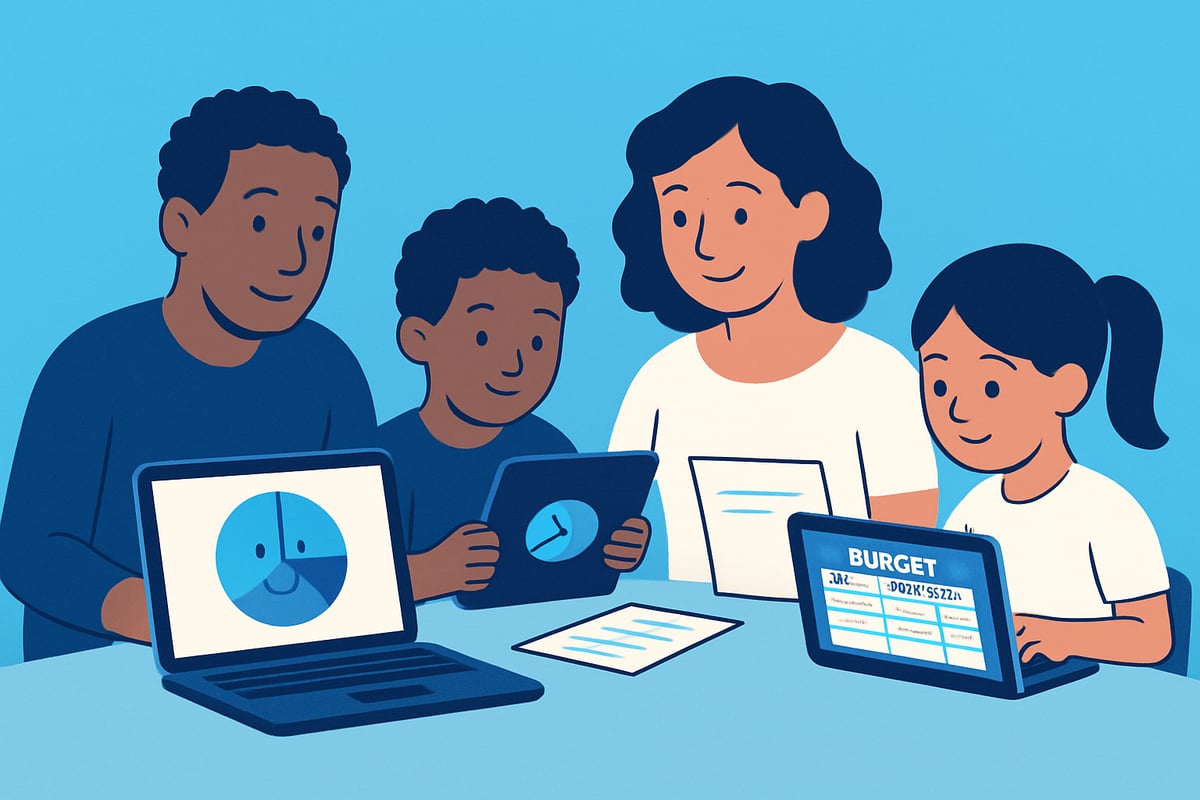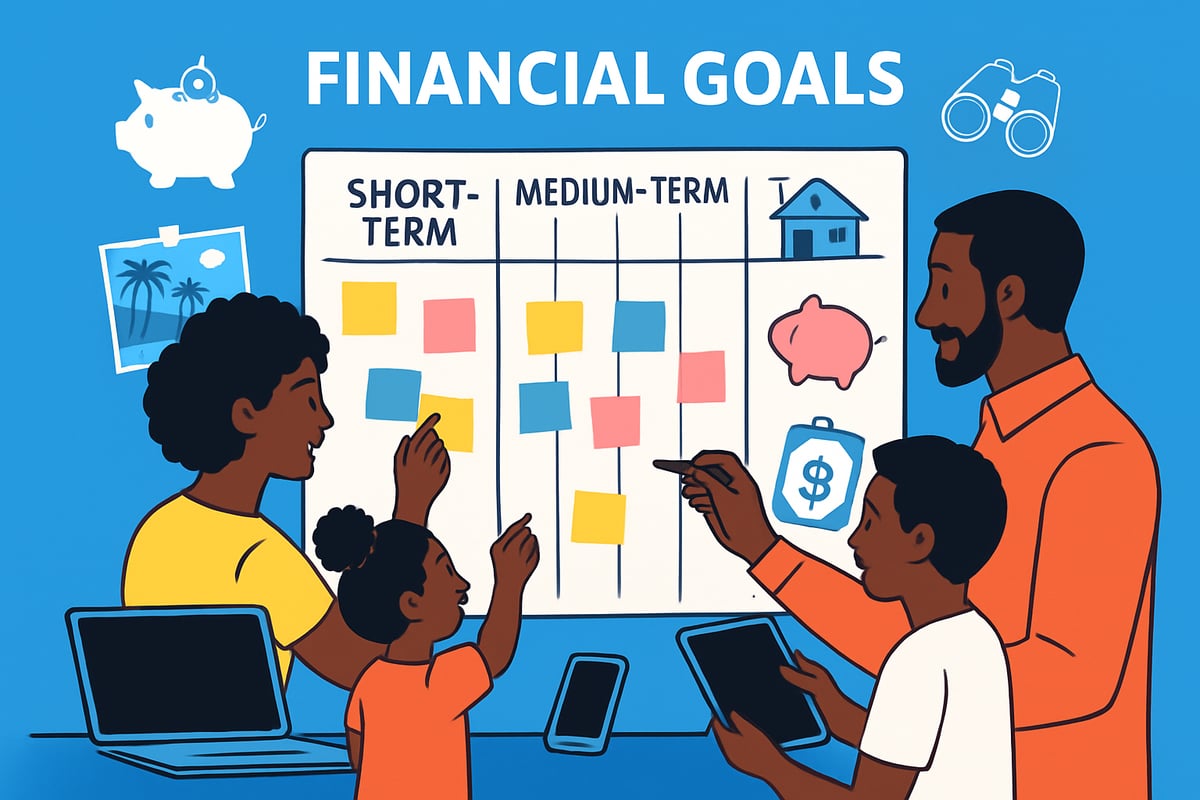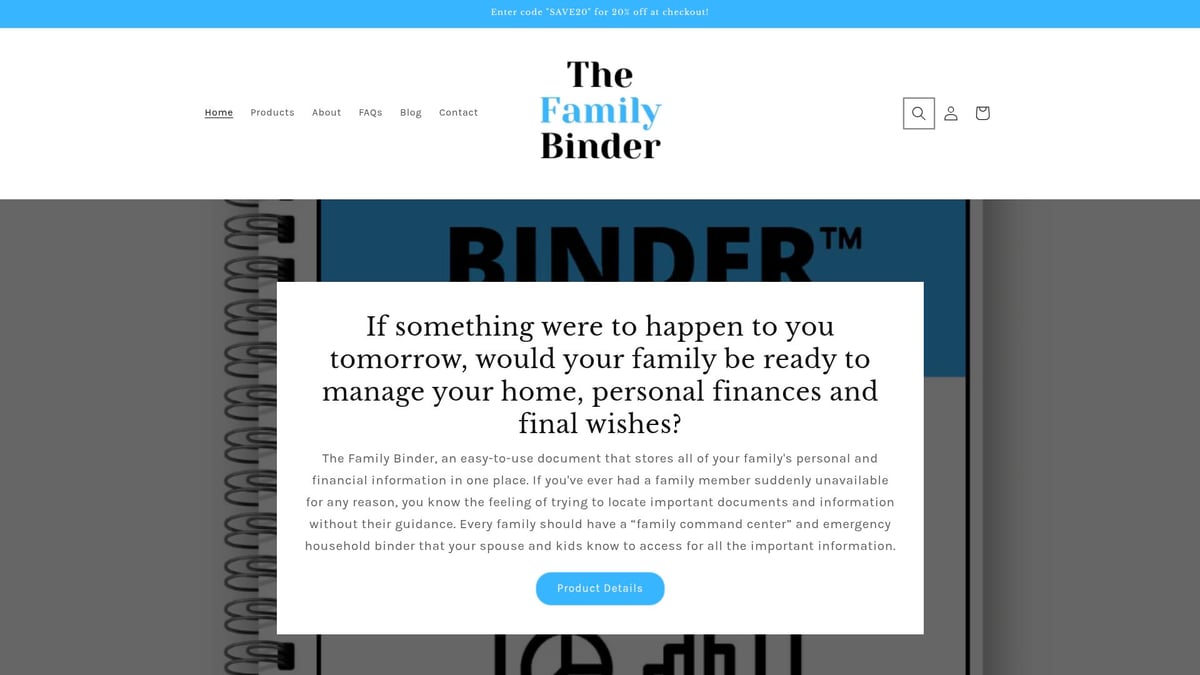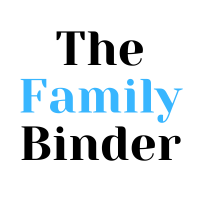Imagine waking up in 2025 completely free from money worries, building your wealth with confidence, and finally feeling in control. What if this year could be your turning point? The path to financial freedom is within reach, and learning to manage personal finances is the first step.
This guide is designed to walk you through every stage, making even complex topics simple and actionable. You will uncover how to set meaningful goals, create a budget that works, eliminate debt, invest wisely, protect what matters, and organize your entire financial life.
Ready to start your journey? Let’s explore the proven steps that can help you build a brighter, more secure future—one decision at a time.
Step 1: Assess Your Current Financial Situation
Before you can master how to manage personal finances, you need a clear snapshot of where you stand today. This first step is all about awareness—knowing exactly what comes in, what goes out, and where you might be leaking money. Let’s break it down into actionable pieces so you can move forward with confidence.

Understanding Your Income and Expenses
The foundation to manage personal finances is knowing exactly how much money you earn and spend. Start by tracking every income source: salary, side gigs, freelance work, or passive income streams. Next, sort your expenses into two categories—fixed (like rent or mortgage, utilities, insurance) and variable (groceries, entertainment, dining out).
Here’s a quick table to help you visualize:
| Fixed Expenses | Variable Expenses |
|---|---|
| Rent/Mortgage | Groceries |
| Insurance | Dining Out |
| Utilities | Entertainment |
| Loan Payments | Shopping |
Digital apps like Mint or YNAB can automate tracking and help you spot trends. For example, one family discovered through careful review that they were paying for multiple streaming services they never used—totaling $1,200 a year! According to CNBC (2023), 65% of Americans have no idea how much they spent last month.
Common mistakes when you manage personal finances include underestimating small purchases or forgetting annual bills. Regular financial checkups make it easier to catch these errors and hold yourself accountable. For more practical advice, check out Tips to Manage Your Finances.
Calculating Your Net Worth
To manage personal finances effectively, you need to know your net worth. This is the difference between what you own (assets) and what you owe (liabilities). List out all assets—cash, savings, retirement accounts, investments, property—then subtract debts like credit cards, student loans, and mortgages.
Net Worth Formula:Net Worth = Total Assets - Total Liabilities
Take the story of a young professional who started with a net worth of -$20,000 after college but, by methodically tracking progress, turned it into +$50,000 in just three years. Seeing your net worth grow, even slowly, is motivating and provides a clear benchmark as you manage personal finances over time.
Revisit your net worth every few months. This habit helps you see progress and spot areas for improvement—whether it’s paying off debt or building investments.
Identifying Financial Pain Points and Opportunities
Now that you have a clear view, dig a little deeper. Identify problem spots that might be holding you back as you manage personal finances. Are you carrying high-interest credit card debt? Spending too much in certain categories? Missing out on investment opportunities?
Check your emergency fund status—do you have enough to cover three to six months of expenses? Pinpoint overspending or missed chances to save, and make note of debts with the highest interest rates.
This step sets the stage for actionable goal-setting. By being honest about your financial pain points and opportunities, you’ll be ready to prioritize and make meaningful changes as you continue your journey to manage personal finances.
Step 2: Set Clear Financial Goals for 2025
Setting clear goals is the foundation of any plan to manage personal finances successfully. Without a roadmap, it is easy to drift off course or lose motivation. Let's break down how you can define, prioritize, and stay on track with your financial ambitions for 2025.

Short-Term, Medium-Term, and Long-Term Goals
Understanding the different types of goals helps you manage personal finances with intention. Short-term goals are those you aim to achieve within a year, like building a $1,000 emergency fund or saving for a vacation. Medium-term goals typically take one to five years, such as purchasing a car or making a down payment on a home. Long-term goals look beyond five years and often include saving for retirement or funding a child's education.
Using the SMART framework—Specific, Measurable, Achievable, Relevant, and Time-bound—transforms vague intentions into actionable steps. For example, instead of saying, "I want to save more," try "I will save $5,000 for a vacation by December 2025." According to Fidelity, only 30% of Americans set annual financial goals, yet those who do are far more likely to succeed.
To make this process easier, consider using a Family Financial Planner Guide to track and visualize your goals. This tool can help you manage personal finances by keeping your objectives front and center.
| Goal Type | Example | Time Frame |
|---|---|---|
| Short-Term | Emergency Fund, Vacation | < 1 year |
| Medium-Term | Home Down Payment, Car | 1–5 years |
| Long-Term | Retirement, College Savings | 5+ years |
Prioritizing and Balancing Multiple Goals
Once you have listed your goals, the next step in how to manage personal finances is to prioritize. Not all goals are equally urgent or impactful. Start by ranking them based on urgency, importance, and your current situation. For instance, paying off high-interest debt may take precedence over saving for a luxury purchase.
Balancing competing priorities can feel overwhelming. Focus on two or three key goals at a time to avoid spreading yourself too thin. For example, you might work on building an emergency fund while also contributing to retirement savings. If you try to do everything at once, you risk making little progress in any area.
A practical tip is to allocate specific amounts from your budget to each goal. This way, you steadily move closer to multiple objectives and manage personal finances with less stress. Regularly review your goals and adjust priorities as life changes.
Visualizing Success and Staying Motivated
Staying motivated is essential for long-term success as you manage personal finances. Visualization tools like vision boards and goal-tracking apps can keep your targets visible and your progress measurable. Try setting up calendar reminders for savings milestones or using a shared family app to celebrate achievements together.
Accountability partners can also boost your commitment. For example, one family used a shared calendar to remind each other about monthly savings contributions. They celebrated small wins, like reaching the halfway point to their vacation fund, which kept spirits high.
Celebrating smaller milestones helps reinforce positive habits. The psychology of goal achievement shows that recognizing progress, even in small increments, makes it easier to stay on track and manage personal finances consistently. Remember, financial freedom is not about perfection, but persistence and adaptability.
Step 3: Build and Optimize Your Budget
Budgeting is the heart of how you manage personal finances. Think of your budget as a roadmap that guides every dollar you earn toward your goals. A strong budget gives you control, clarity, and confidence, making it possible to turn financial dreams into reality.
Choosing the Right Budgeting Method
Choosing the right system to manage personal finances makes all the difference. Three popular methods stand out:
- Zero-based budgeting: Assign every dollar a job, so income minus expenses equals zero.
- 50/30/20 rule: Allocate 50% for needs, 30% for wants, and 20% for savings or debt.
- Envelope system: Use physical or digital envelopes for each spending category.
Each approach has benefits. Zero-based budgeting works well for detail-oriented planners. The 50/30/20 rule is simple and flexible. The envelope system helps curb overspending. For example, a freelancer with unpredictable income might thrive using zero-based budgeting, gaining clarity by allocating each new payment as it arrives.
Creating a Realistic Monthly Budget
To manage personal finances effectively, start with an honest assessment of your income and expenses. List your essentials: housing, utilities, groceries, insurance, and debt payments. Next, set aside funds for savings and investments, then budget for discretionary spending.
Don’t forget seasonal costs or one-time expenses like car repairs or holidays. Adjust your budget as life changes. Did you know households with a written budget are twice as likely to save successfully? Regularly reviewing your budget helps you stay on track and adapt to new priorities.
Tools and Technology for Budgeting
Technology can make it much easier to manage personal finances. Budgeting apps like Mint, YNAB (You Need a Budget), and EveryDollar automate tracking and categorize expenses. Spreadsheets offer customization for those who prefer a hands-on approach.
Consider these features when choosing tools:
| Tool | Best For | Key Feature |
|---|---|---|
| Mint | Beginners | Automatic sync |
| YNAB | Detail-oriented | Goal tracking |
| EveryDollar | Simplicity | Easy setup |
Set up automatic bill payments and savings transfers for peace of mind. Always check security and privacy policies to protect your financial data.
Common Budgeting Pitfalls (and How to Avoid Them)
It's easy to make mistakes as you manage personal finances. Overestimating income or underestimating expenses can derail your plans. Not updating your budget after a life change is another common issue.
Some people experience "budget fatigue" and give up when a method feels too rigid. If this happens, switch things up. One couple struggled until they moved from a strict spreadsheet to an app that let them track expenses on the go, making the process less stressful and more sustainable.
Organize Your Finances with The Family Binder
If you want to manage personal finances with greater confidence, consider centralizing everything. Organize Your Finances with The Family Binder is a printable, editable PDF that helps you keep track of budgets, accounts, and important documents in one place.

Imagine needing your insurance details during an emergency—having a physical backup saves stress and time. The Family Binder is designed for every life stage, from young families to retirees. It complements digital apps, offering a big-picture overview and quick access when you need it most.
Step 4: Eliminate Debt Strategically
Tackling debt is a crucial part of any plan to manage personal finances. If you’re ready to break free from the cycle of debt, this step will show you how to take control, reduce stress, and set yourself up for lasting financial health.

Understanding Your Debt Landscape
Start by listing every debt you owe. This includes credit cards, student loans, auto loans, and your mortgage. Write down each balance, interest rate, and minimum monthly payment. This honest overview is the foundation for your journey to manage personal finances.
Many people are surprised by how much debt they have, especially with hidden fees or old accounts. For example, a young couple found that forgotten store cards cost them over $1,000 in annual interest. According to Personal finance statistics 2025, consumer debt continues to rise, making it even more important to get organized.
Understanding your full debt picture helps you target the most costly balances first. Use a debt tracker or spreadsheet for a clear snapshot.
Popular Debt Repayment Methods
You have two main strategies for debt payoff: the snowball and the avalanche method. Both can help you manage personal finances effectively, but each has unique strengths.
Snowball Method:
- Pay off the smallest debts first for quick wins
- Build motivation with visible progress
- Great for those who need encouragement
Avalanche Method:
- Pay off debts with the highest interest rates first
- Save more money on interest over time
- Ideal if you want the most efficient path
| Method | Focus | Benefit |
|---|---|---|
| Snowball | Smallest balance | Quick motivation |
| Avalanche | Highest interest | Lower total interest |
A real example: One family paid off $15,000 in credit card debt in two years using the snowball method, celebrating each debt cleared as a milestone.
Negotiating and Refinancing Debt
You can often lower your payments or interest rates by negotiating directly with lenders. Ask about hardship programs, rate reductions, or waived fees. If your credit score has improved, refinancing loans can also reduce costs and help you better manage personal finances.
Consider these options:
- Debt consolidation loans for simpler payments
- Balance transfers to 0% interest cards (watch for fees)
- Refinancing student loans for lower rates
Stay proactive and review your options annually. Even a small drop in interest can save hundreds or thousands over time.
Avoiding Common Debt Traps
Steer clear of payday loans and predatory lenders. These often have sky-high interest rates and fees that can derail your plan to manage personal finances. Also, avoid making only minimum payments on credit cards, as this stretches out debt for years.
Common debt traps include:
- Ignoring loan terms and hidden fees
- Taking on new debt before paying off old balances
- Missing payments and damaging credit
Stay alert to offers that seem too good to be true, and always read the fine print before agreeing to terms.
Building Habits for a Debt-Free Future
Once you pay off debt, protect your progress with strong habits. Start an emergency fund to cover unexpected expenses, so you don’t slide back into debt. Track your progress monthly and celebrate each milestone as you manage personal finances.
Build these habits:
- Review debts and payments regularly
- Set automatic reminders for bills
- Celebrate small wins to stay motivated
Remember, staying debt-free is a journey, not a destination. Regular check-ins will keep you on track and confident in your financial future.
Step 5: Grow Your Wealth Through Smart Investing
Smart investing is a cornerstone when you want to manage personal finances successfully. Building wealth is not about luck, but about making informed choices, starting with the basics and growing your knowledge as you go. Let’s explore how you can begin investing, regardless of your experience level.
Investing Basics for Beginners
To manage personal finances effectively, start by understanding the main types of investments. Stocks represent ownership in companies, bonds are loans to governments or corporations, mutual funds and ETFs pool money for diversified investments, and real estate offers tangible assets.
Each investment type comes with its own risk and reward profile. Stocks can offer high returns but fluctuate in value, while bonds are generally safer but provide lower gains. Real estate can build equity, but requires more upfront capital.
Your risk tolerance is key. Younger investors often have time to ride out market ups and downs, while those closer to retirement may prefer stability. According to Personal finance statistics 2025, more Americans are exploring diverse investment options as part of their long-term financial strategy. Knowing your comfort level is the first step to making wise choices.
Building an Investment Portfolio
A strong portfolio is crucial if you want to manage personal finances for long-term growth. Diversification spreads your money across different investments, reducing the impact if one area underperforms.
Consider this sample allocation table for a balanced investor:
| Investment Type | Percentage |
|---|---|
| Stocks | 60% |
| Bonds | 25% |
| Real Estate | 10% |
| Cash/Other | 5% |
For example, a young professional might balance a 401(k), Roth IRA, and a taxable brokerage account. By mixing assets, you protect yourself from market swings and create more stable growth.
Revisit your portfolio as life changes. Adjust your mix if you get a raise or as you near big milestones. This flexibility helps you manage personal finances with confidence.
Harnessing the Power of Compound Interest
One of the most powerful tools when you manage personal finances is compound interest. This is when your money earns returns, and those returns begin to earn even more over time.
Let’s compare two scenarios. Start investing $100 a month at age 25, and by retirement you could have over $200,000, assuming a 7% average annual return. Wait until age 35, and you might end up with less than half that. The earlier you start, the more your money works for you.
Compound interest shows that small, consistent contributions can lead to significant wealth. It’s not about timing the market, but about time in the market.
Staying Consistent with Automated Investing
To manage personal finances without stress, automate your investing. Dollar-cost averaging means investing a fixed amount regularly, regardless of market conditions. This smooths out the effects of market volatility and removes emotion from decision-making.
Robo-advisors make investing simple, automatically choosing and balancing investments based on your goals and risk tolerance. Setting up automatic contributions ensures you never miss an opportunity to grow your wealth.
Consistency is key. Automating your investments helps you stick to your plan, even during busy or uncertain times.
Avoiding Investment Pitfalls
Even the best plans can falter if you fall into common traps. When you manage personal finances, avoid chasing trends or making impulsive decisions based on headlines. Panic selling during market dips can lock in losses.
Do your homework before investing. Use reliable sources and never invest in something you don’t understand. Continuous learning is vital—free courses, podcasts, and trusted advisors can keep you informed and confident.
Remember, building wealth through investing is a journey, not a sprint. Stay patient and keep your eyes on your long-term goals.
Step 6: Protect and Organize Your Financial Future
Taking steps to protect and organize your financial future is just as important as building wealth. When you manage personal finances with care, you create a safety net that shields you from unexpected setbacks and keeps your goals on track. Let’s break down the essentials to safeguard your journey.
Building an Emergency Fund
An emergency fund is your first line of defense when you manage personal finances. Aim to save enough to cover three to six months of living expenses. This cushion keeps you afloat if you lose your job, face medical bills, or deal with home repairs.
Where should you keep your emergency savings? Choose a high-yield savings account for easy access and security. Sadly, emergency fund statistics show that over half of Americans cannot cover a $1,000 emergency, making this step crucial for financial stability.
Start with a small goal and build momentum over time. Even $25 a week adds up quickly.
Insurance Essentials
Insurance protects your progress as you manage personal finances. Evaluate your needs for health, life, disability, homeowner’s or renter’s, and auto coverage. The right policies can mean the difference between a minor setback and a financial disaster.
Think about your life stage—single, married, parent, or retiree—and adjust your coverage accordingly. For example, a family with solid homeowner’s insurance avoided ruin after a fire, thanks to proper planning.
Review your policies annually. As life changes, your insurance needs will too.
Estate Planning Basics
Estate planning is more than just writing a will—it’s a key part of how you manage personal finances for the long term. Start with a simple will, then consider trusts and naming a power of attorney.
Make a list of all your assets and debts. Update your documents after big life events, like marriage or the birth of a child. Keep copies in a safe place, and let a trusted loved one know where to find them.
A clear estate plan gives your family peace of mind and ensures your wishes are honored.
Securing Your Digital and Physical Records
Organizing your records is vital when you manage personal finances. Use password managers for online accounts and create backups of important documents. Print out key papers and store them in a fireproof safe or binder.
For an all-in-one solution, consider Simplifying Taxes and Financial Reviews to centralize everything from tax forms to insurance info. Checklists and organized files make emergencies less stressful.
Regularly update your records so you’re always ready for life’s surprises.
Planning for Major Life Changes
Major milestones can reshape how you manage personal finances. Whether you’re getting married, having kids, facing divorce, or retiring, review your goals and adjust your plans.
Update beneficiaries on insurance and retirement accounts. Revisit your budget and emergency fund after big changes. When new parents welcomed a baby, they increased life insurance and created a will.
Stay proactive and flexible. Planning ahead keeps your finances strong, no matter what life brings.
Step 7: Maintain Momentum and Review Regularly
Achieving financial freedom does not end once you set your goals and create a budget. The real magic happens when you consistently review and adjust how you manage personal finances. This step is about building habits that help you stay on track, adapt to changes, and celebrate your progress along the way.
Scheduling Regular Financial Checkups
To successfully manage personal finances, set a regular schedule for financial checkups. Monthly reviews let you spot trends, while annual check-ins give you a big-picture view. Use reminders in your calendar or set up recurring alerts on your phone.
During these sessions, update your budget, review your goals, and adjust for any life changes. For families, consider a shared meeting where everyone can discuss financial wins and challenges. Keeping these routines makes managing personal finances less stressful and more rewarding.
Tracking Progress and Adjusting Strategies
Use dashboards, spreadsheets, or visual tools to track your progress. A shared Google Sheet or a budgeting app can show how your net worth or savings grow over time. When you manage personal finances with clear visuals, it is easier to stay motivated.
Benchmark your progress against national averages or trends. According to Personal finance statistics 2025, more Americans are tracking their finances than ever before, making it even more important to evaluate your own habits regularly. Adjust your strategies as your needs or goals change.
Overcoming Setbacks and Staying Motivated
Even with the best plans, setbacks happen. Job loss, medical expenses, or market downturns can challenge your resolve to manage personal finances. The key is resilience.
Build a support system with family, friends, or online communities. Celebrate small wins, even if progress slows. Remember, every step forward counts. Stay flexible and treat setbacks as learning opportunities rather than failures.
Leveraging Education and Professional Resources
Continuous learning is crucial when you manage personal finances. Listen to financial podcasts, read books, or take free courses to stay informed. Tax laws and financial products change regularly, so staying up to date helps you make smarter decisions.
If you feel stuck or need expert advice, consider consulting a certified financial planner. Sometimes, a professional perspective can reveal new strategies or opportunities you might have missed.
Celebrating Milestones and Planning Ahead
Recognize your achievements, no matter how small. Did you pay off a credit card or reach a savings goal? Take a moment to celebrate with your family or treat yourself within reason. This positive reinforcement keeps you motivated to manage personal finances for the long term.
As you hit milestones, set new goals and update your plans. Financial freedom is a journey, not a destination. Regular reviews and celebrations help you maintain momentum and look ahead with confidence.
You’ve seen how organizing your finances, setting clear goals, and creating strong habits can set you on the path to financial freedom in 2025. But staying organized can be tough, especially when life gets busy. That’s why having everything in one place makes such a difference. With The Family Binder, you can easily keep track of your accounts, budgets, insurance, and important documents—all in a printable and editable PDF. It’s peace of mind for you and your loved ones, no matter what life throws your way. Ready to take control of your financial journey? Download Now

